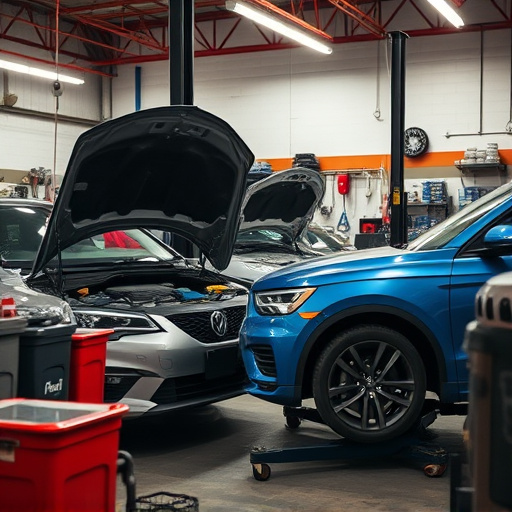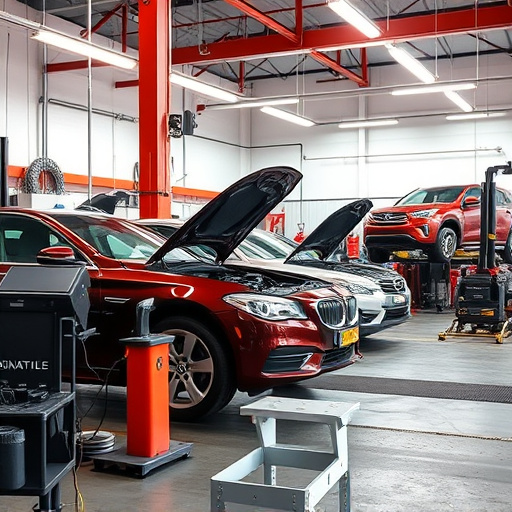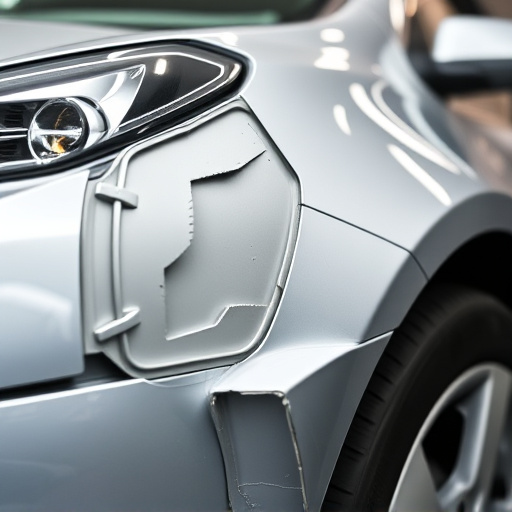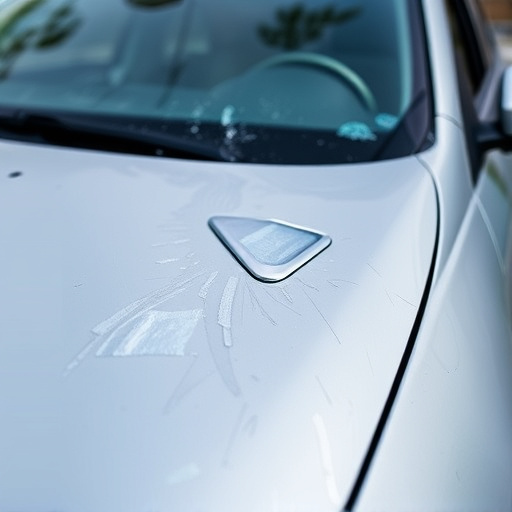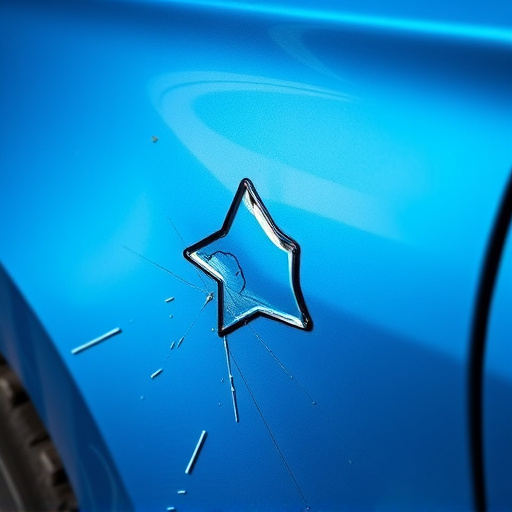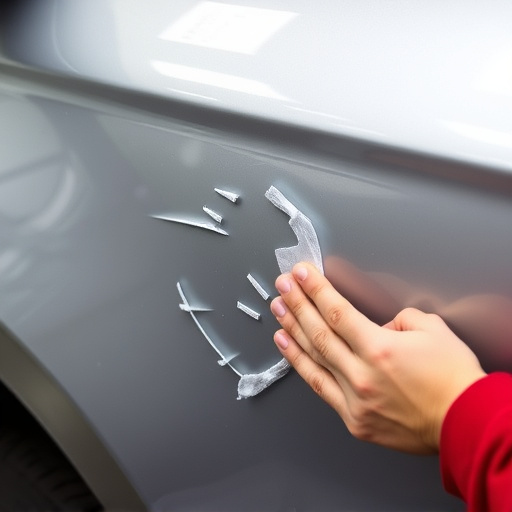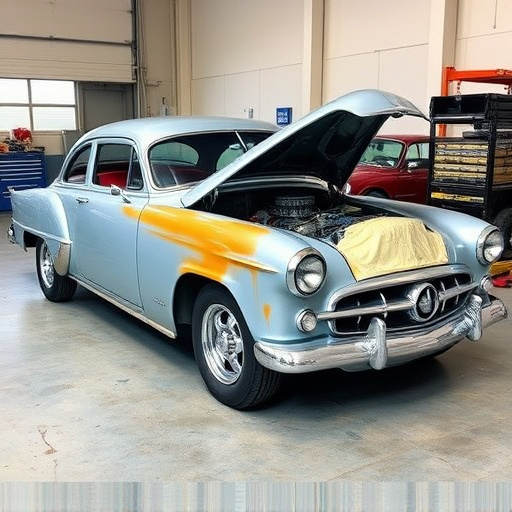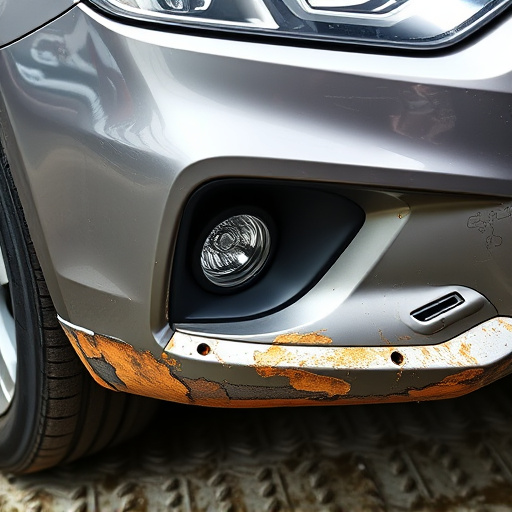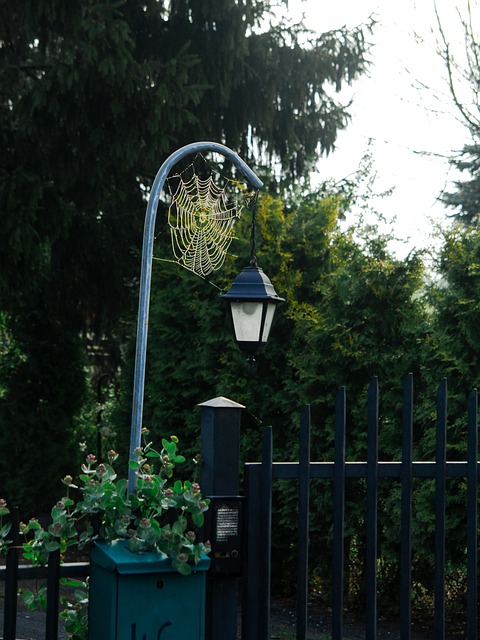Custom color matching in collision repair demands a deep understanding of color spaces and strategic use of color profiles for accurate reproduction across devices and software. Professionals navigate challenges through detailed records, lighting comparisons, and specialized tools like color meters. They differentiate between hardware and software causes, investing in state-of-the-art equipment to ensure high-quality repairs, efficient workflows, and long-term savings.
“Custom color matching is a delicate process, often fraught with challenges. This guide delves into the heart of common issues, offering practical solutions for a seamless experience. From understanding color spaces and profiles to identifying rendering deviations and troubleshooting hardware-software glitches, we provide a comprehensive roadmap. Master the art of custom color matching, ensuring accurate results every time. Discover the secrets to overcoming these hurdles and elevate your projects to new heights.”
- Understanding Color Space and Profiles
- Identifying Deviation in Color Rendering
- Troubleshooting Hardware and Software Glitches
Understanding Color Space and Profiles

Color management is a complex process, especially when dealing with custom color matching for specific applications like car paint repair or collision repair services. To ensure accurate results, it’s crucial to understand the fundamentals of color space and profiles. Color space refers to the range of colors that can be represented digitally, while color profiles provide a standardized way to interpret and manage these colors across different devices and systems.
When dealing with custom color matching for vehicle dent repair or any other precision work, utilizing well-defined color profiles is essential. This ensures that the intended color is accurately reproduced regardless of the device or software used. By understanding the color space and applying appropriate profiles, professionals in collision repair services can achieve consistent and accurate custom color matching, ensuring a seamless and satisfying outcome for their clients.
Identifying Deviation in Color Rendering

When it comes to custom color matching for car paint services or repairs, such as bumper repair, one of the most common issues is identifying deviation in color rendering. This occurs when there’s a discrepancy between the original color and the matched shade, often due to variations in lighting conditions or the specific type of paint used. To pinpoint these deviations, it’s crucial to compare the new paint job with detailed records of the original color, including its unique code and any historical data available.
Inspecting the car under various lighting conditions—from natural sunlight to artificial light sources—can help reveal subtle differences in color that might not be immediately apparent. Additionally, using specialized tools like color meters or spectrophotometers can provide precise measurements, ensuring an exact match. In cases of extensive damage or older paint jobs, where detailed records are scarce, professionals often rely on their expertise and industry standards to achieve the closest possible custom color matching for car paint services, including bumper repair and other restoration work.
Troubleshooting Hardware and Software Glitches
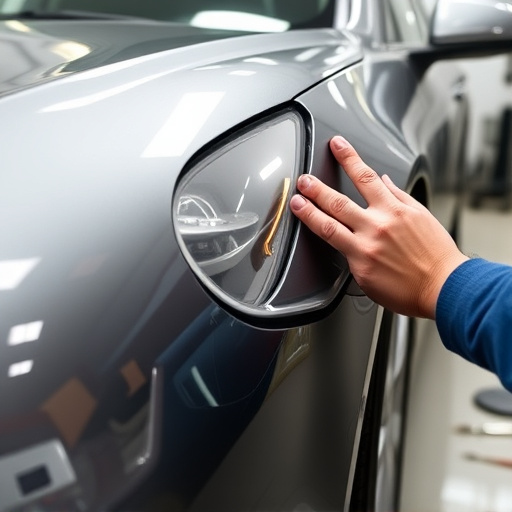
When dealing with custom color matching issues in a car body shop or auto repair facility, it’s crucial to identify whether the problem stems from hardware or software glitches. Sometimes, the issue might be as simple as a faulty sensor or a calibration error that can be easily rectified by tech-savvy professionals. Regular maintenance and checks on equipment, such as color measurement devices, can prevent these minor issues from escalating into major problems.
For instance, using outdated or improperly calibrated tools for custom color matching can lead to inaccurate results. A car repair shop should invest in high-quality, regularly updated hardware and software to ensure precision and efficiency in auto body repairs. Keeping up with the latest advancements in color matching technology not only enhances the quality of work but also saves time and resources in the long run.
When troubleshooting common issues with custom color matching, understanding color space and profiles is key. By identifying deviations in color rendering and addressing hardware or software glitches, you can ensure accurate and consistent results. These strategies empower you to optimize your custom color matching process, leading to higher quality outcomes in various applications.
